This large extinct mammal proved a puzzle for Charles Darwin when he first came across it.
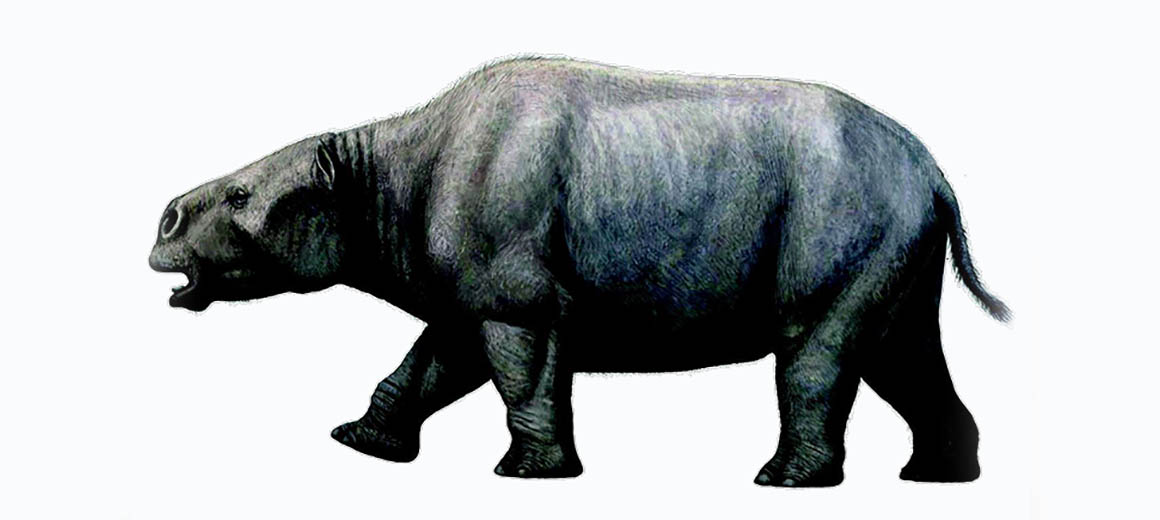
An artist's impression of how Toxodon might have looked. Image by Mauricio Antón.
Museum digitisation teams are in the pilot stage of a project to digitise the historic fossil mammals collected by Charles Darwin on the Voyage of HMS Beagle in the 1830s.
It is focused on a subset of fossil mammal specimens collected by Darwin on the journey, all of which have been attributed to an animal called Toxodon in the past.
Darwin collected thousands of plant, animal, rock and fossil specimens on the voyage, including 13 species of fossil mammal. This includes four different species of giant ground sloth, the remains of an extinct type of horse and two species of hoofed mammal (one of which was the Toxodon).
But what kind of creature was Toxodon?
Toxodon is the scientific name for a type of extinct mammal from South America. The most well-known species is Toxodon platensis. Toxodon means 'bow-tooth' (named because the animal's teeth are curved) and platensis refers to the district (La Plata) near where its remains were first discovered.
Toxodon platensis (or T. platensis) was a large-bodied hoofed mammal. It is estimated that it weighed more than a tonne and it was probably similar in size to the American bison or the African black rhino.
It is known from the Late Pleistocene (the oldest known specimens are about 50,000 years old) and probably went extinct in the early Holocene (which began 11,700 years ago). It overlapped in time with humans in South America.
T. platensis would have looked a bit like a cross between a hippopotamus and a rhinoceros at first glance. When it was first described, it was assumed that it had a semi-aquatic lifestyle like hippos, although that is no longer thought to be likely.
The teeth of T. platensis are curved and do not have a separate roots (as human teeth do).
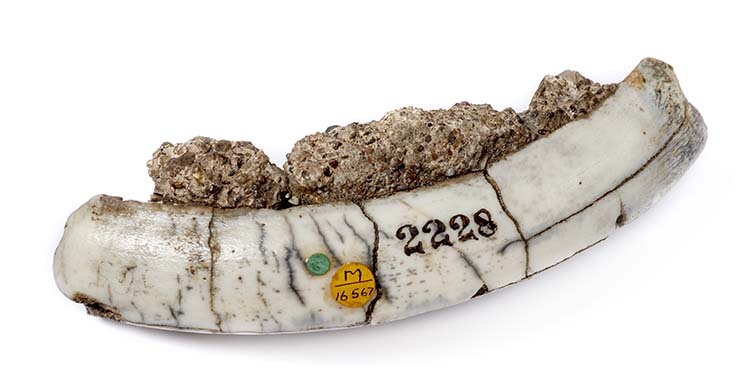
Upper incisor tooth of Toxodon, showing the long ever-growing crown and lack of roots.
The teeth are called hypselodont or euhypsodont, meaning that they grow continuously throughout the life of the animal, like those of rabbits.
This is an adaptation to high rates of tooth wear to ensure that all of the tooth is not worn away early in life. Because of this, T. platensis is often assumed to be a grazer, eating grass and similar plants. However, by looking at the chemical signature of different specimens of T. platensis from South America, researchers have shown that it was frequently a mixed feeder surviving on leaves, twigs and vegetation above ground level.
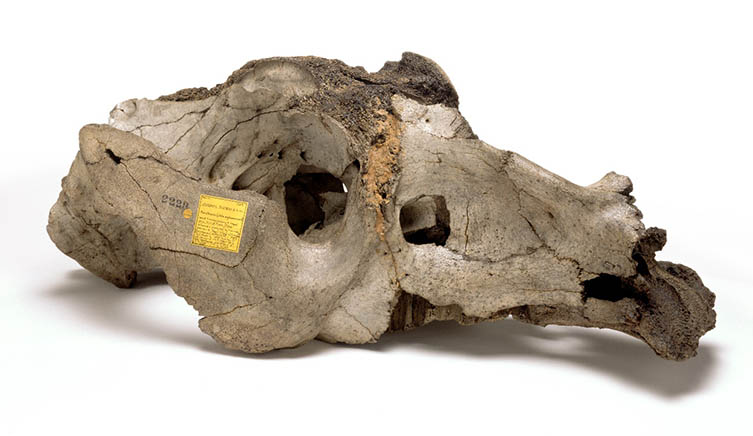
Holotype skull of Toxodon platensis.
T. platensis was first described by Richard Owen, based on the above skull collected by Charles Darwin in Uruguay on 26 November 1833.
The publication of this skull by Owen in 1837 was the first scientific description of a notoungulate, an extinct group of mammals endemic to South America. It has recently been shown that notoungulates are related to rhinos, horses and tapirs.
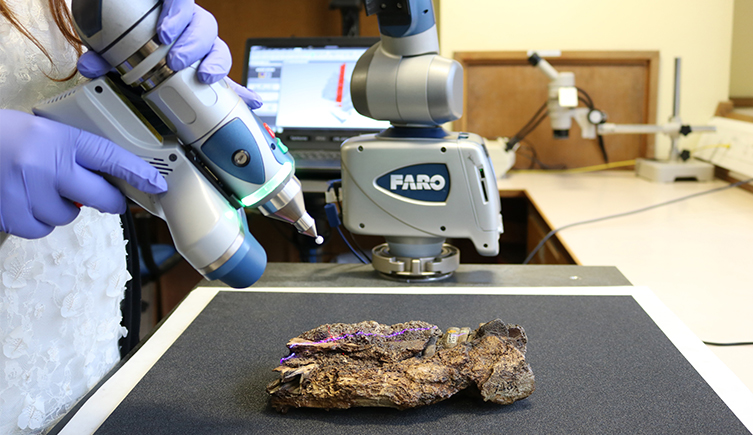
The specimens being scanned.
The Toxodon specimens in the Museum collection range in size from one centimetre to one metre.
Some were difficult to reproduce using 3D laser scanners because of their uneven surfaces with lots of holes.
However, this made them ideal candidates to test Museum technology.
Museum teams would face similar challenges digitising the rest of the fossil mammals in this collection.
These specimens are also extremely delicate and in some cases they are broken into several pieces. Currently access to these specimens has had to be restricted to stop further damage. Creating 3D versions of these important specimens means that more people will safely be able to access them.
Related information
- Follow us on @NHM_Digitse and @NHMFossilMammal to hear more about the Museum's digitisation of its 80 million specimens.
- Data from the Toxodon scans are on the Museum's data portal and Sketchfab.
- Tell us how you would like to use these models by emailing digitalcollections@nhm.ac.uk.
- The pilot has been funded by the Hartnett Conversation Trust and the Leche Trust.
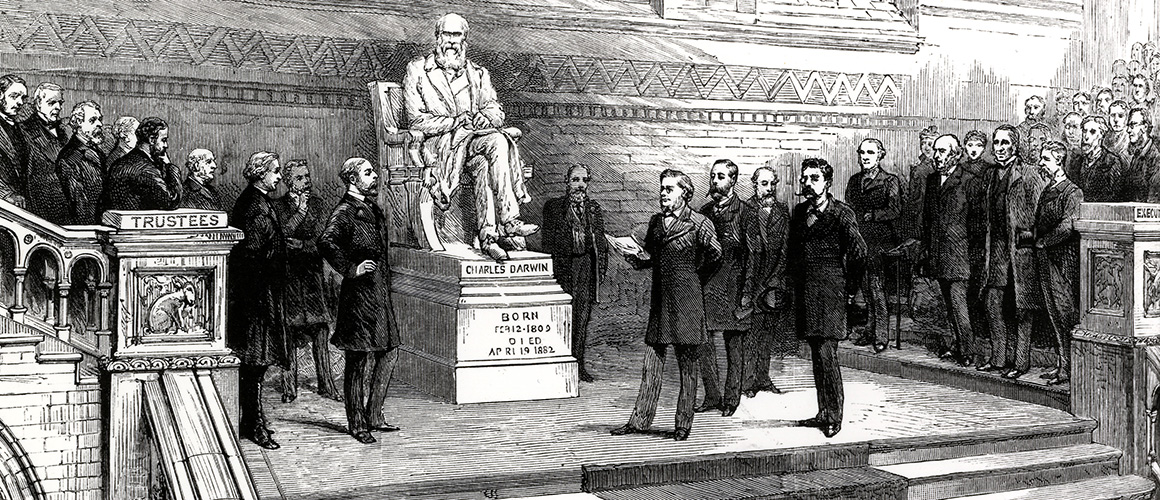
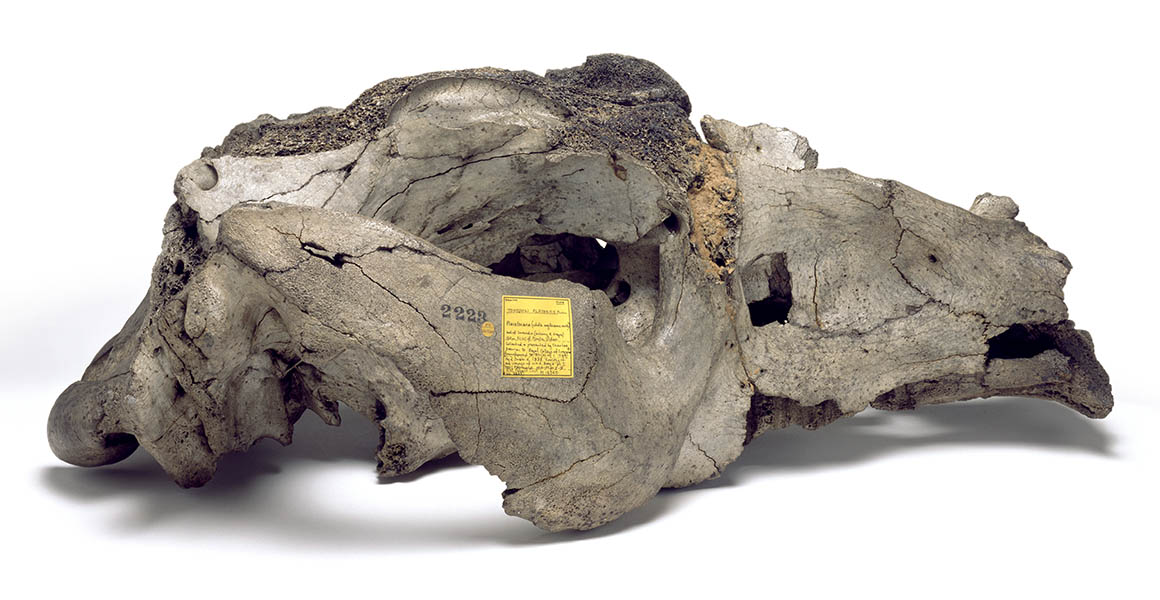
Don't miss a thing
Receive email updates about our news, science, exhibitions, events, products, services and fundraising activities. We may occasionally include third-party content from our corporate partners and other museums. We will not share your personal details with these third parties. You must be over the age of 13. Privacy notice.
Follow us on social media